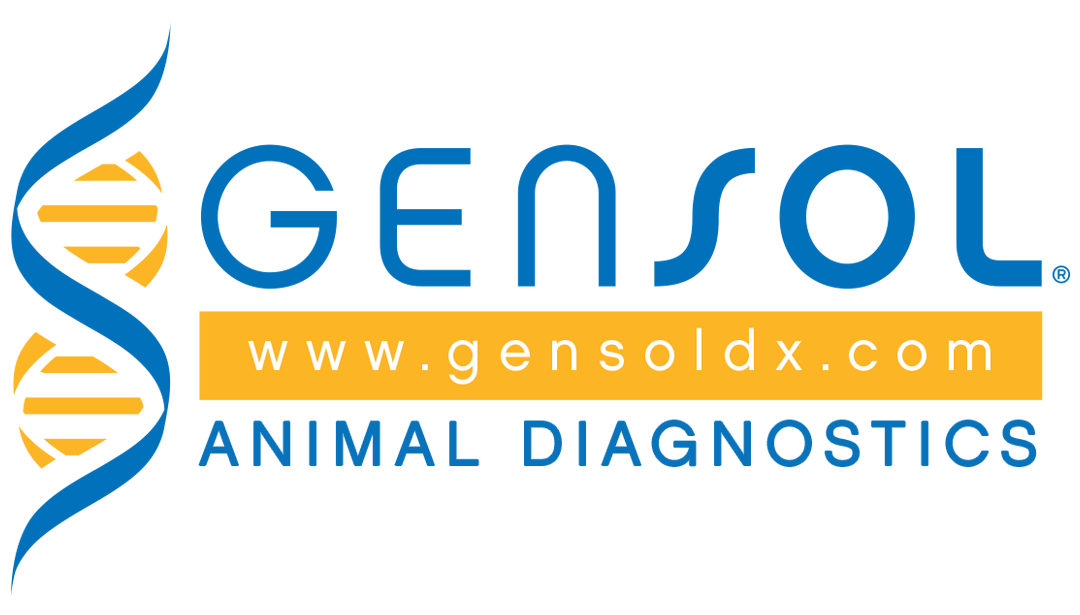Skeletal Dysplasia 3 (SD3)
Disproportionate dwarfism, Osteochondrodysplasia
Skeletal Dysplasia 3 (SD3), also known as disproportionate dwarfism, is an inherited condition that results in a type of abnormal bone growth and development known as skeletal dysplasia. Dogs born with this condition will exhibit shortened limbs with normal head and body size. Affected dogs will be significantly shorter than unaffected dogs with the most noticeable shortening evident in the upper arm and leg bones. Thickened wrists are also particularly noticeable in younger dogs. Individuals affected by this disease tend to live normal healthy lives with typical life spans.
Reading Your Results
A. (CLEAR/NORMAL):
These dogs have two copies of the normal gene and will neither develop Skeletal Dysplasia 3 nor pass this mutation to their offspring.
B. (CARRIER/NOT AFFECTED):
These dogs have one copy of the normal gene and one copy of the mutation associated with this disease. They will not develop Skeletal Dysplasia 3 but will, if bred, pass the mutation to 50% of its offspring, on average.
C. (AT RISK/AFFECTED):
These dogs have two copies of the mutation associated with this disease and are likely to develop Skeletal Dysplasia 3.
Additional Details
Inheritances
Autosomal Recessive
Affected gene
PCYT1A
OFA Accepted
No
Chromosome
Ch. 33
Mutation
XM_038583131.1: 673T>C
Publication:
Ludwig-Peisker, O.; Ansel, E.; Schweizer, D.; Jagannathan, V.; Loechel, R.; Leeb, T. PCYT1A Missense Variant in Vizslas with Disproportionate Dwarfism. Genes 2022, 13, 2354. [PubMed: 36553621]

